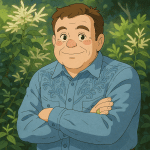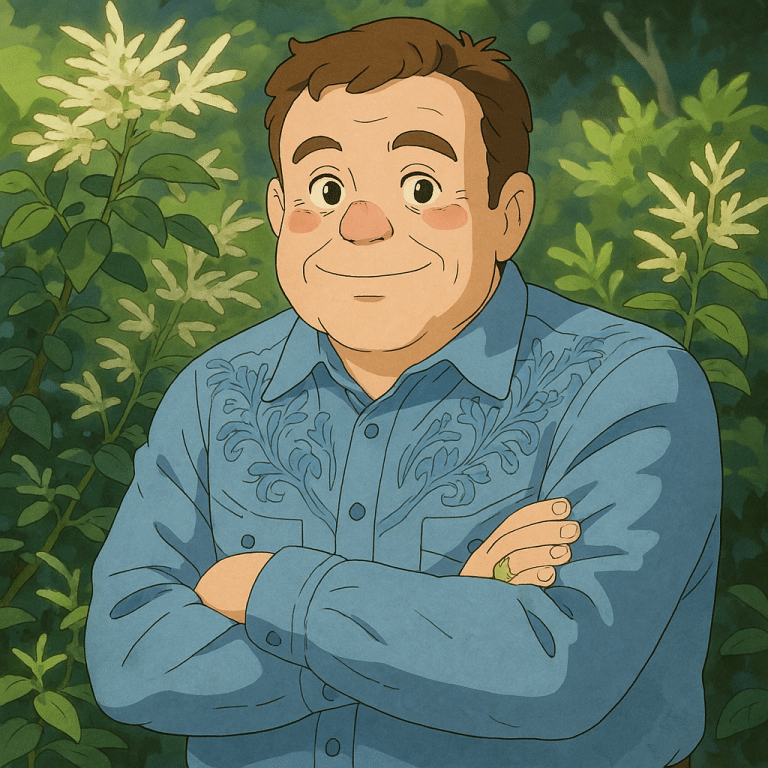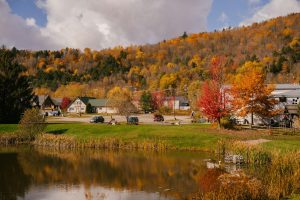Every fall, my yard fills up with dry leaves. For a long time, I used to rake them into big piles and bag them up. Then I found out I was throwing away something really useful—free mulch.
Leaves decompose and enrich the soil. They help retain moisture and keep weeds at bay. When used correctly, they make great mulch for flower beds, garden paths, and around trees. Best of all, they cost nothing and are easy to use.
In this blog, I’ll show you how I turn fall leaves into mulch for my garden. You don’t need fancy tools. Just a few simple steps and a little time. I’ll also share tips for using leaf mulch the right way so it helps, not harms, your plants. Don’t toss your leaves this year. Let’s turn them into something your garden will love.
Why Fall Leaves Are Great for Your Garden
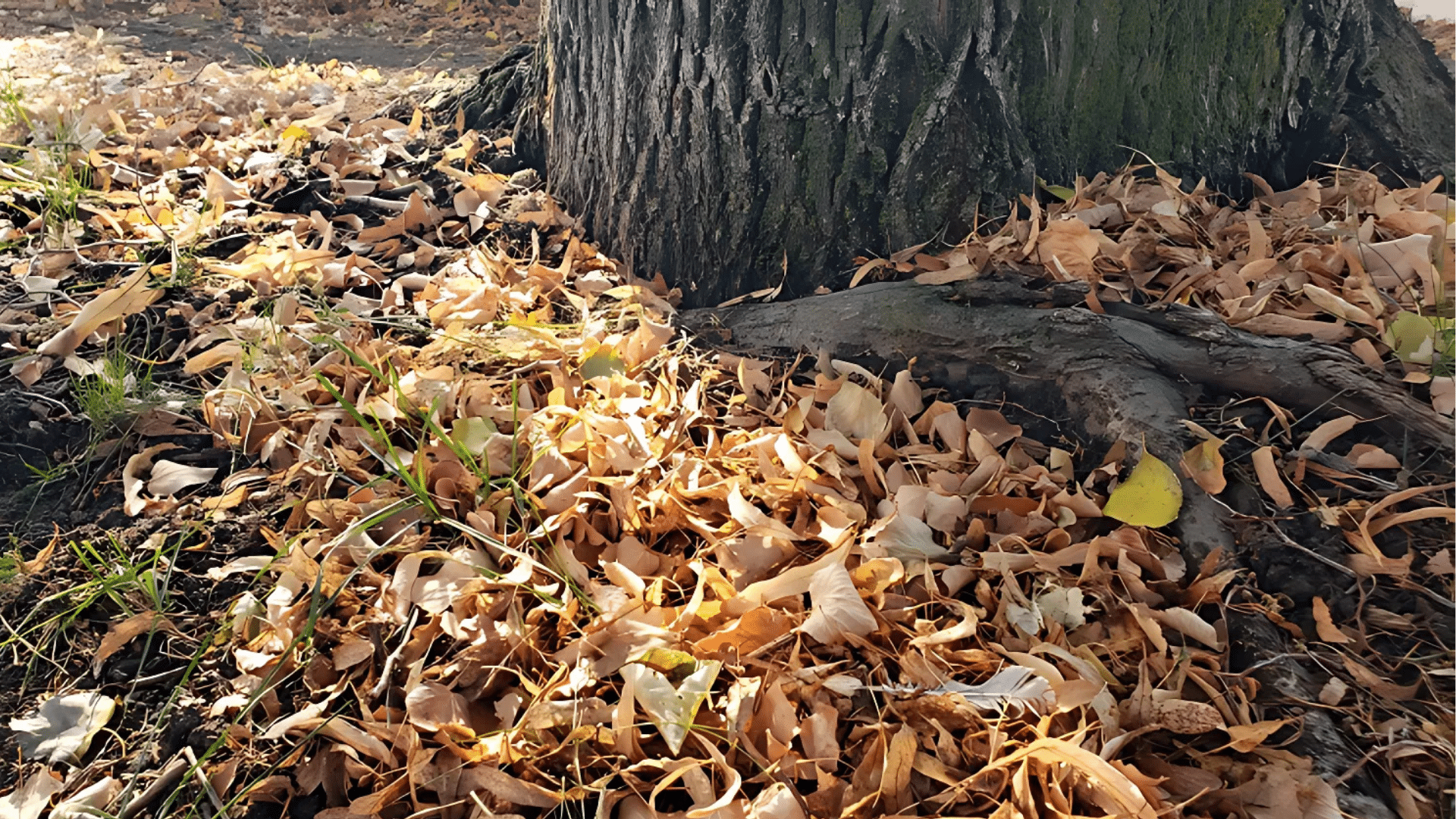
Each year, trees drop millions of leaves. Instead of throwing them away, you can use them to help your garden. Fall leaves are full of nutrients. As they break down, they feed your soil. They also help keep the ground moist and block weeds from growing.
Leaves work just like store-bought mulch, but they’re free and natural. They don’t come with plastic bags or added chemicals. And best of all, you can find them right in your yard.
When you use leaves as mulch, you save money, reduce waste, and help your plants grow better. It’s an easy way to care for your garden using what nature gives you.
What Is Leaf Mulch?
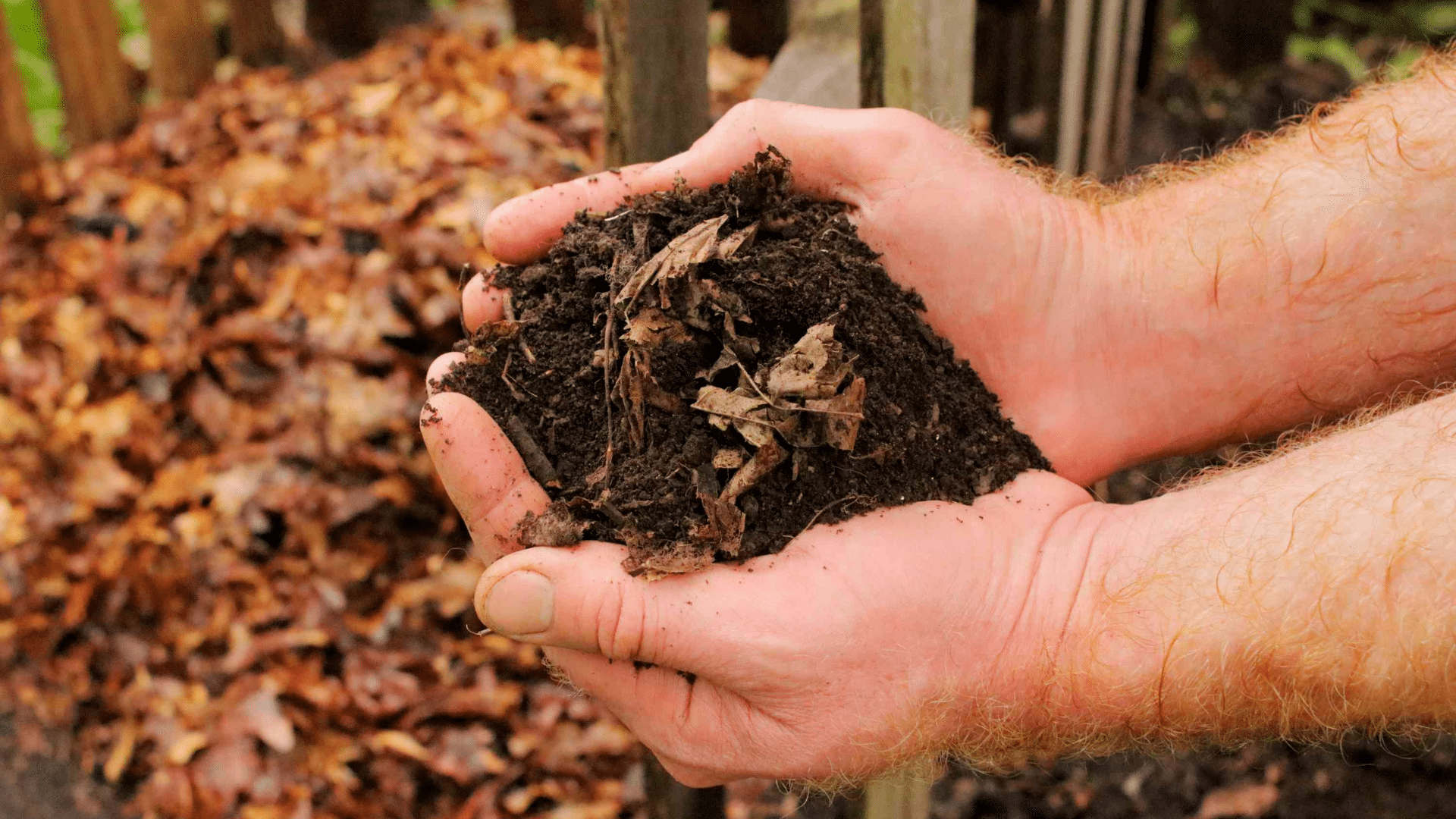
Leaf mulch is a natural covering made from fallen leaves that have been broken down into small pieces. When spread over the soil, it acts just like regular mulch. It helps keep moisture in the ground, blocks out weeds, and protects plant roots from hot sun or cold weather.
As time passes, the leaves slowly break down and mix into the soil, adding nutrients and improving its texture. To make leaf mulch, leaves are usually shredded with a lawn mower or a leaf shredder.
This makes them easier to spread and helps them break down faster. The mulch forms a soft, light layer that works well in garden beds, around trees, and in vegetable patches.
It’s a free and eco-friendly way to recycle your yard waste while giving your soil a natural boost. Using leaf mulch is one of the easiest and most helpful things you can do for your garden.
Why You Should Shred Leaves Before Using Them
You don’t have to shred leaves, but it really helps. Whole leaves can clump together, block water, or blow away. When shredded, they stay in place and break down faster.
Shredding leaves makes them:
-
Easier to spread
-
Faster to break down
-
Less likely to mat together
-
Better at letting air and water through
If you use whole leaves, make sure they’re dry. Wet leaves can stick together and smother your plants. If you don’t have a shredder, you can still use leaves—just try to break them up a bit with a rake or mower.
Best Tools for Making Leaf Mulch
You don’t need fancy tools to make leaf mulch, but a few things can help:
1. Lawn Mower: A mower with a bag attachment is great. Just run it over piles of leaves. The mower chops them into small pieces and collects them.
2. Leaf Shredder: If you have lots of trees, a leaf shredder makes the job easier. It quickly shreds large amounts of leaves into fine mulch.
3. Rake and Tarp: Use a rake to gather leaves and a tarp to move them. This makes collecting leaves faster and easier.
4. Garden Fork or Mulch Spreader: Use a fork or your hands to spread the shredded leaves evenly across garden beds.
How to Make Leaf Mulch Step by Step
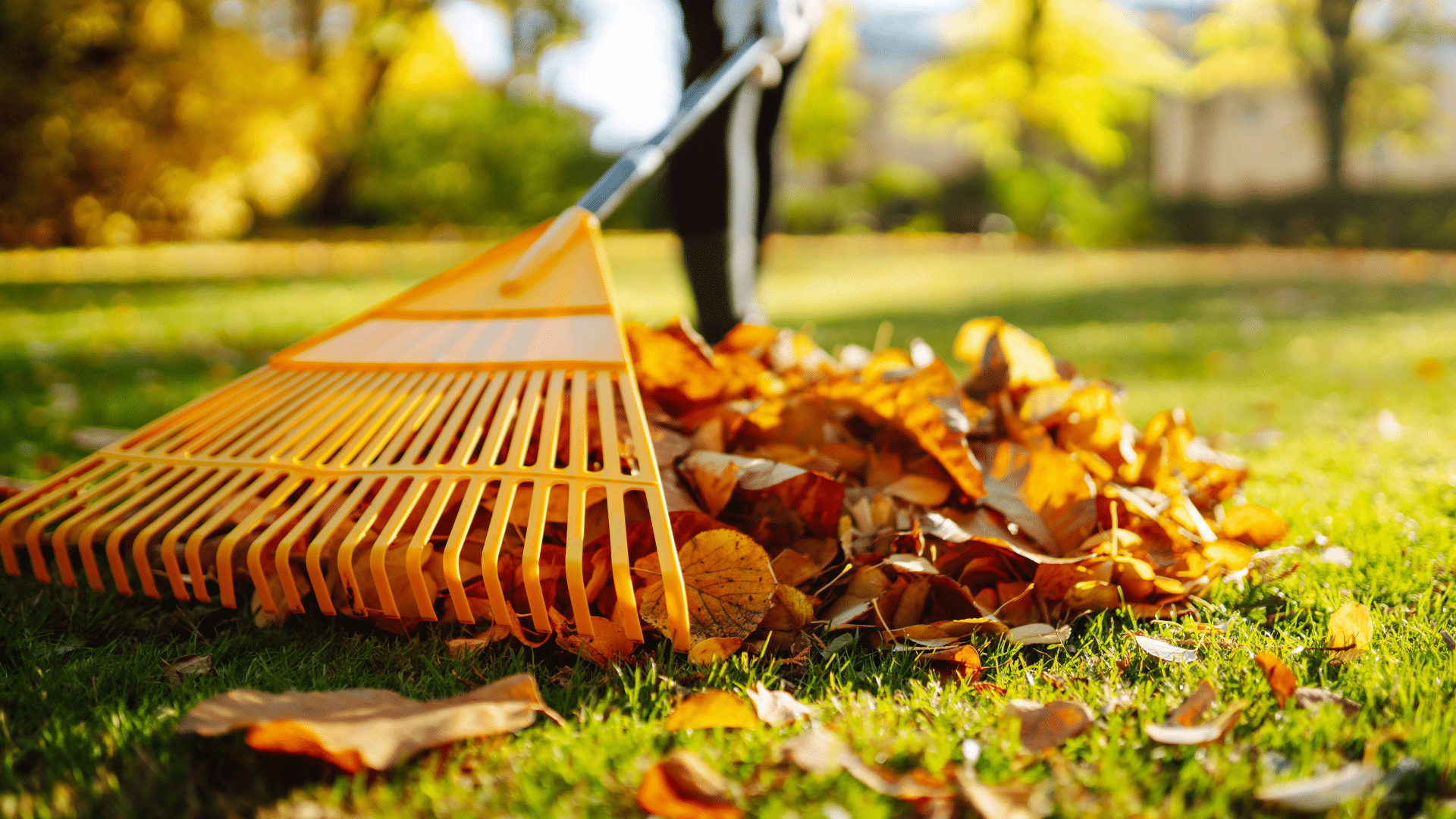
Making leaf mulch is easy, and you don’t need much to get started. You just need time, a few tools, and a pile of dry leaves:
Step 1: Gather the Leaves
First, rake the fallen leaves into large piles. Dry leaves are best because they’re easier to shred and don’t stick together. Wet leaves can clump up and take longer to break down.
If the leaves are wet from rain or morning dew, let them dry in the sun for a day or two. You can also use a leaf blower or vacuum to speed things up. A tarp makes it easier to move the piles to your work area.
Step 2: Shred the Leaves
Next, shred the leaves into smaller pieces. The smaller the pieces, the faster they will break down. If you have a mower with a bag, mow over the leaf piles and collect the chopped leaves.
You may need to go over the pile more than once to get a fine, even mulch. If you have a leaf shredder, feed the leaves into it and collect the shredded mulch in a bin or wheelbarrow.
If you don’t have a mower or shredder, don’t worry. You can still use the leaves. Just break them up by hand or step on them to crush them down. Shredding isn’t required, but it really helps.
Step 3: Spread the Mulch
Once the leaves are shredded, it’s time to mulch your garden. Use your hands, a shovel, or a garden fork to spread the leaf mulch where you want it. Keep the layer about 2 to 3 inches thick.
That’s thick enough to protect the soil and block weeds, but not so thick that it blocks air and water.
Be careful not to pile the mulch right up against plant stems or tree trunks. Leave a few inches of space to prevent rot or pests from gathering near the plant base.
Step 4: Water the Mulch (Optional)
If the mulch is very dry and you’re expecting wind, give it a light watering with the hose. This helps settle the leaves so they don’t blow away. It also starts the breakdown process, helping the mulch mix into the soil more quickly over time.
Step 5: Check Back in a Few Weeks
After a few weeks, the mulch will begin to break down and settle into the soil. You can add more leaves on top if needed. Over time, you’ll notice your soil becoming darker, softer, and full of life.
That’s it! With just a little effort, you’ve made your own leaf mulch and given your garden a natural, healthy boost.
Where to Use Leaf Mulch in Your Garden
Leaf mulch can be used in almost any part of your yard or garden. Here are some great places to try it:
- Flower Beds: Spread mulch around flowers to keep weeds down and soil moist. Your flowers will grow better with less effort.
- Vegetable Gardens: Use mulch between rows of vegetables to keep the soil healthy and protect young plants.
- Around Trees and Shrubs: Mulch around trees helps protect roots and stops grass from growing too close to the trunk.
- Garden Paths: Leaf mulch can also be used on walking paths in your garden. It feels soft underfoot and keeps weeds out.
- Raised Beds and Pots: Shredded leaves are great for raised garden beds and even large pots. They keep the soil from drying out too fast.
How Leaf Mulch Helps Your Soil
As leaves break down, they feed the soil. This is one of the best parts about using leaf mulch. It acts as both a cover and a soil booster.
-
Adds nutrients like nitrogen, potassium, and magnesium
-
Improves soil texture, making it softer and easier to dig
-
Attracts earthworms, which help mix the soil
-
Helps good bacteria grow, which makes your plants healthier
In time, your soil becomes dark, rich, and full of life—all from simple fall leaves.
How Long Does Leaf Mulch Last?
Leaf mulch breaks down faster than most other types of mulch, like bark or wood chips. This is because leaves are soft, thin, and made to decay naturally.
In most gardens, leaf mulch will last between three and six months, depending on the weather and how thick you spread it.
Rain, heat, and bugs help speed up the breakdown process. If your mulch layer is thin or the weather is wet and warm, it may disappear even faster. You can keep your mulch working by adding a fresh layer once or twice a year, usually in fall and early spring.
As the old mulch breaks down, it mixes with the soil and makes it richer. That means you don’t need to remove it before adding more. Just top it off as needed and let nature do the rest.
When Is the Best Time to Use Leaf Mulch?
The best time to use leaf mulch is in the fall, right after the leaves drop. This is when you have the freshest material to work with. Spreading mulch in fall helps cover your garden for the cold months ahead.
It keeps soil from drying out or freezing too fast. It also protects plant roots and gives worms and good bugs a cozy layer to live in during winter.
You can also use leaf mulch in early spring. This is a great time to stop early weeds and keep moisture in the ground before hot summer days begin. If you saved some dry leaves from the fall, you can shred and spread them before planting.
Avoid using leaf mulch in deep winter or when the soil is frozen. It won’t settle well and may blow away or freeze in clumps.
Tips for Using Leaf Mulch the Right Way
Using leaf mulch is easy, but these tips will help you get the best results:
-
Don’t use thick layers of whole leaves. They can block air and water.
-
Shred leaves whenever you can. They work better and break down faster.
-
Keep mulch 2–3 inches deep. More than that can smother your plants.
-
Leave space around stems and trunks. Mulch should never touch plant stems or tree bark.
-
Add new mulch every season. This keeps your beds fresh and full of nutrients.
Can You Mix Leaf Mulch Into the Soil?
Yes! Leaf mulch can also be worked into the soil as it breaks down. This breaks it down into compost, which improves soil texture and adds essential nutrients.
In the spring, you can dig leftover mulch into the top few inches of soil. Let it finish breaking down under the surface. This is especially helpful in vegetable gardens or raised beds.
You can also mix shredded leaves with other compost materials—like fruit peels or grass clippings—to make even richer compost.
Leaf Mulch vs. Other Mulch Types
Let’s compare leaf mulch to other common mulch types:
| Type | Breaks Down | Improves Soil | Cost | Best For |
|---|---|---|---|---|
| Leaf mulch | Fast | Yes | Free | Most garden and yard areas |
| Bark mulch | Slow | A little | Medium | Flower beds, trees |
| Wood chips | Medium | A little | Medium | Paths, tree rings |
| Straw | Fast | Yes | Low | Vegetable gardens |
| Rubber mulch | Doesn’t break down | No | High | Playgrounds, paths |
Conclusion
Fall leaves may seem like a mess, but they’re really a gift. Instead of bagging them up, you can turn them into something useful—leaf mulch. It’s one of the easiest ways to care for your garden while saving money and reducing waste.
With a few simple tools, you can shred dry leaves and spread them over your garden beds. They’ll hold in moisture, stop weeds, and feed your soil as they break down. Leaf mulch works great in flower beds, veggie gardens, and around trees. It even helps in pots and raised beds.
The best part is how simple it is. No fancy gear, no hard steps. Just rake, shred, and spread. That’s all it takes.
Next time fall rolls around, don’t see leaves as a chore. See them as a chance to make your garden stronger, greener, and better, one leaf at a time.

